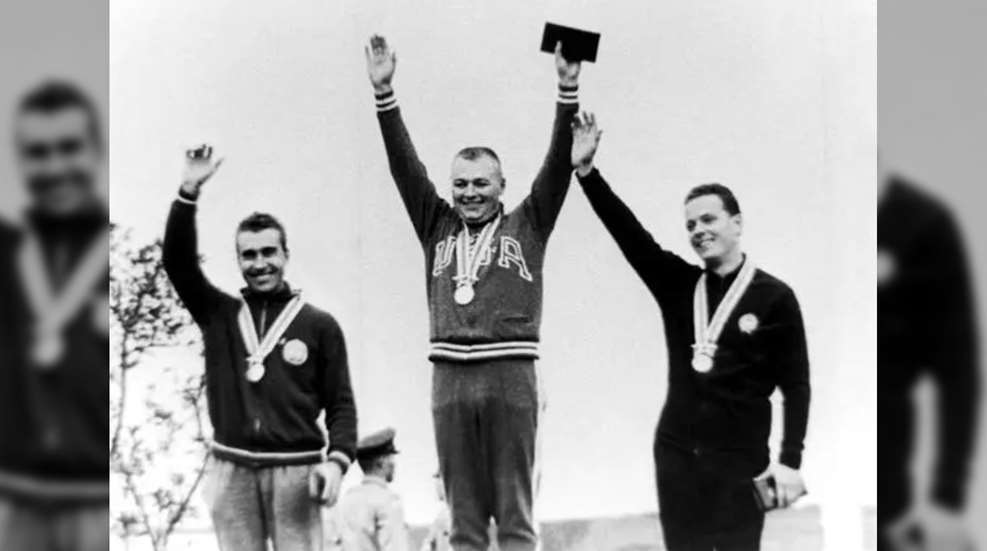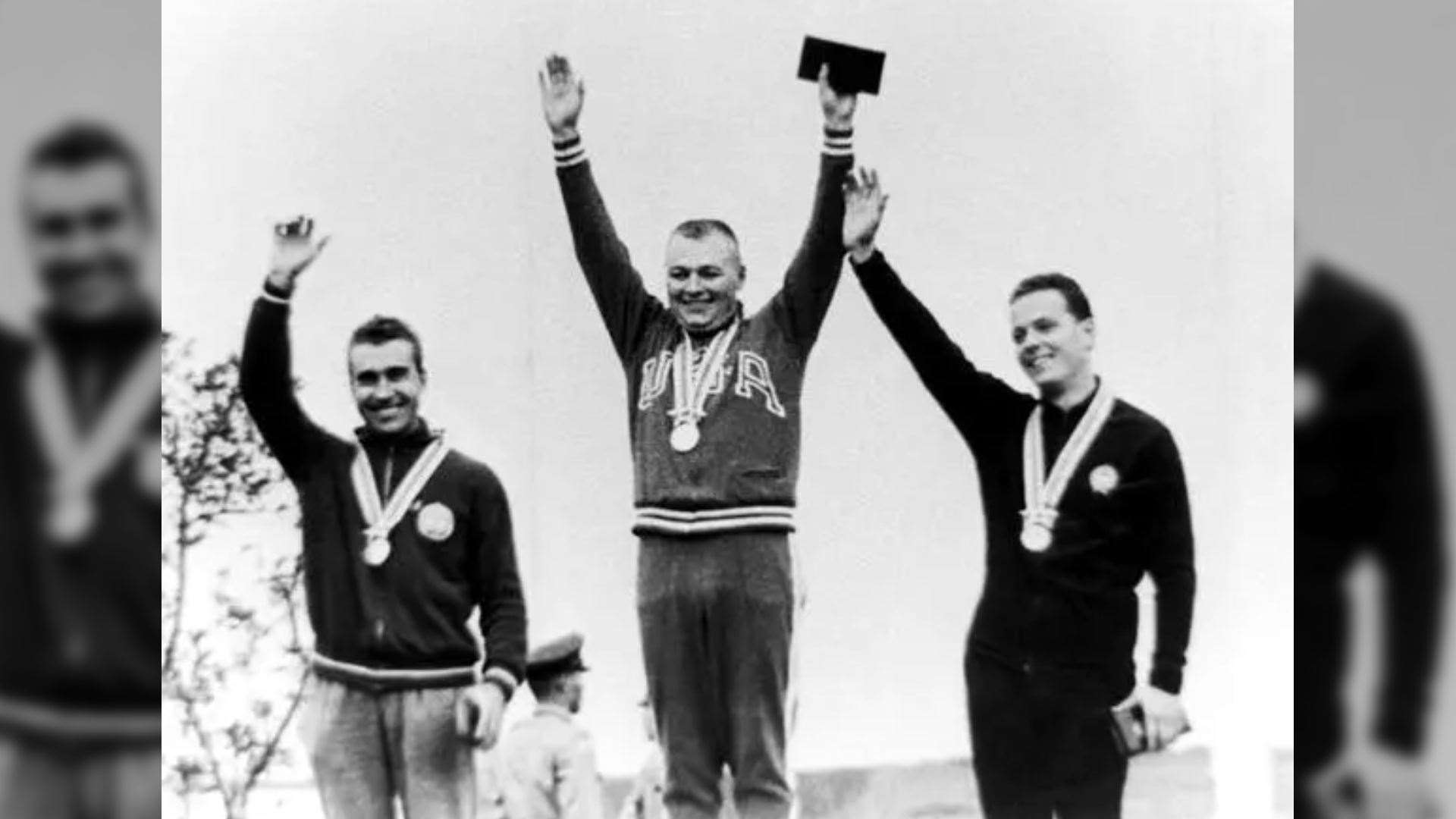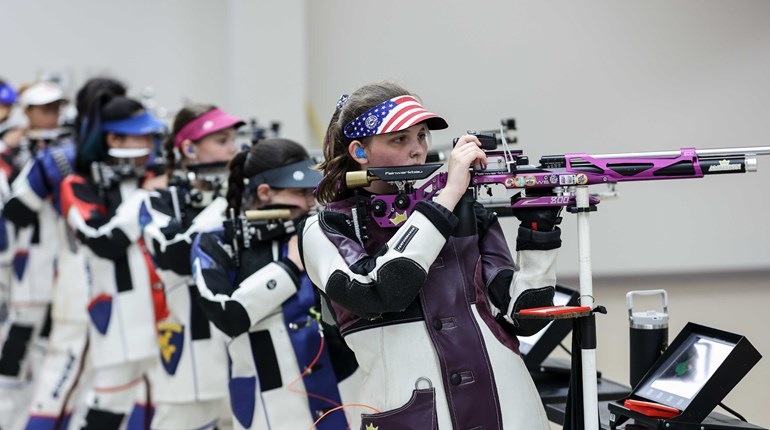
The below is an excerpt from the 1978 book, Olympic Shooting, written by Col. Jim Crossman and published by the NRA. Read Part 1.
1964—Tokyo: Training Does Pay Off (Part 2)
By Colonel Jim Crossman
The Benning tryouts were preceded by preliminary shoots held all over the country, the high shooters from the preliminaries being invited to the finals, along with shooters from previous international teams. When the smoke had cleared and the last shot had been scored, the team composition was as follows:
1964 Team
- Col. Thomas J. Sharpe, USA, Team Captain
- Lt. Col. Frederick J. Keifer, Jr., Team Adjutant
- T/Sgt. Louis J. Willing, USAF, Team Armorer
Free Pistol:
- Capt. Franklin C. Green, USAF
- Capt. Thomas D. Smith, USAF
Rapid-Fire Pistol
- Maj. William W. McMillan, Jr., USMC
- S/Sgt. Edwin L. Teague, USAF
Free Rifle:
- Lt. Gary L. Anderson, NGUS
- Sgt. Martin I. Gunnarsson, USA
Smallbore Rifle:
- Capt. Tommy G. Pool, USA
- Lt. Lones W. Wigger, Jr., USA
Clay Pigeon:
- Lt. William C. Morris, III, USA
- Mr. Frank Little, Endicott, N.Y.
One could feel like a stranger in this crowd. The only shooter from previous Olympic teams was McMillan, again shooting the rapid-fire pistol event on his third Olympic squad. One might possibly remember Anderson as the alternate in 1960 who did not get a chance to shoot. Aside from these two, everyone was new to Olympic shooting, but, with one exception, they had all gained much experience shooting on international teams.
Take Tom Sharpe, the team captain, for example. He had been a tough competitor with rifle and pistol since he had started shooting in high school in the 1930s. He was one of the rare people who had won the Distinguished Badge with both rifle and pistol. He was a shooting member of an international team in 1952 and had been an official of other international teams. With the U.S. Army Marksmanship Unit for four years, he knew the international shooting game intimately.
Team adjutant Fred Keifer also had a long record as a competitor and team official, valuable qualifications for his job.
The other non-shooting member, gunsmith Will Willing, was a mechanic, machinist and gun-fixer of no mean ability. Working with the Air Force Marksmanship Unit, he was thoroughly familiar with match guns as well as match shooters. The 1964 Olympic team was the first to have its own armorer. Experience in recent international matches had shown the necessity for having a good gunsmith to keep the team's guns in top-notch condition.
The two slow-fire pistol shooters, Frank Green and T.D. Smith, both had started shooting in their early teens and both had gone through many phases of shooting before they joined the Air Force. As with most other top shooters, they worked hard at it. Smith, for example, had long been an athlete, including the shot put conference champion in college, but when he got serious about shooting he quit all forms of tobacco, alcohol and caffeine. With many U.S. records to his name, Smith had also set a world record as a member of the 1963 Pan American team. Green was also a holder of many records and had shot on 1962 Pan American and International Shooting Union teams.
The smallbore rifle shooters, Lones Wigger and Tommy Pool, were no newcomers to the competitive game. Wigger started at age 10 with his dad helping him and won many awards in college. In 1963 he won both the National Smallbore Prone and National Smallbore Position Championships, a phenomenal job of shooting. Wigger had held many records and had shot on many international teams—and yet team captain Tom Sharpe had a tough time making up his mind to let Wigger shoot, so stiff was the competition. Tommy Pool had won the National Smallbore Rifle Position Championship twice and had shot on many international teams, beginning with the Pan American games of 1959. Pool had, like Wigger, been an outstanding shot in college.
Once again the fathers take a good share of the credit for the shotgun shooters.
Both Bill Morris and Frank Little were taught to shoot by their fathers when they were big enough to hold a gun. Morris shot his first pheasant when he was eight, won his first state trapshooting title when he was 11, and won the National Junior All-Around Trapshooting Championship when he was 15. He shot skeet just about as well and won the NRA International Skeet Championship in 1963.
Little started shooting at age 12, but did not get into the competitive game much until after high school, when he very promptly shot his way to the top in skeet. He tried out for the trap team for the 1960 Olympics, but it was not until 1961 that he went overseas on an international team.
Bill McMillan was the most experienced of the team in Olympic shooting, while his companion in the rapid-fire pistol event, Ed Teague, was the least experienced. McMillan, with three Olympic teams and innumerable international teams behind him, had experience to spare, but Teague was finding out about things the hard way. A fine shot with great demonstrated ability, this was his first experience on an international team of any sort.
Unlike some past years, when folks trying out for the team had to come all packed and ready to go immediately if they made the squad, in 1964 there were a couple of months between the tryouts and the time the team assembled and another couple of weeks before they got on the ranges in Tokyo.
By the account of everyone without exception, the Japanese did themselves proud in the first Olympics held in Asia. From the time the team arrived at the Tokyo airport until they departed from it, no one had a complaint about the housing, transportation, food, entertainment or administrative matters. Of more importance, the various ranges were superbly built and magnificently operated by members of the Japanese Self Defense Forces.
At the Tokarazawa trap field, for example, each country had a private room, with bunks, lockers and fresh flowers every day. An electrified scoreboard showing broken targets in green lights and lost targets in orange could be seen from the far end of the field. Even the weather was good aside from one cold and rainy day to bother the free pistol shooters.
Read Part 3 of our look back at the Tokyo 1964 Olympics. Subscribe to the free Insider newsletter for the latest updates.

Photo: Lones Wigger receives a gold medal in the 50-meter smallbore event at the Tokyo 1964 Olympics. To his left is silver medalist Velitchko Hristov (Bulgaria) and to his right is bronze medal winner Laszlo Hammerl (Hungary). Photo from NRA Archives.
Read more: Rome 1960 Olympics: 100% Improvement, One Plus One



































